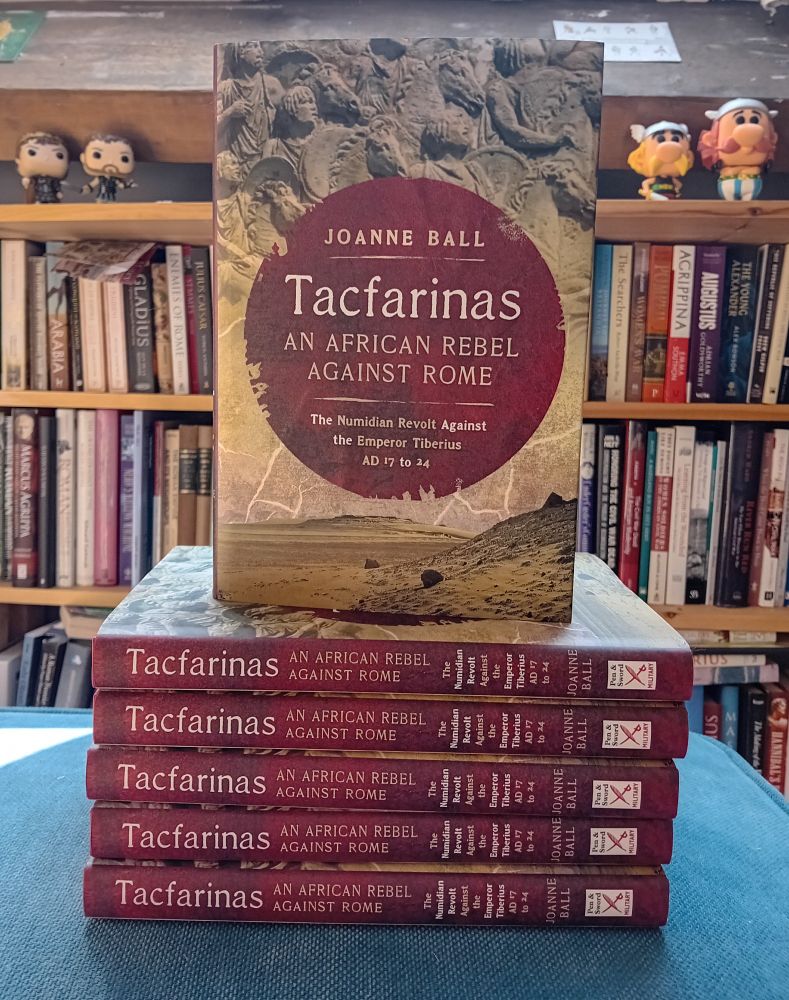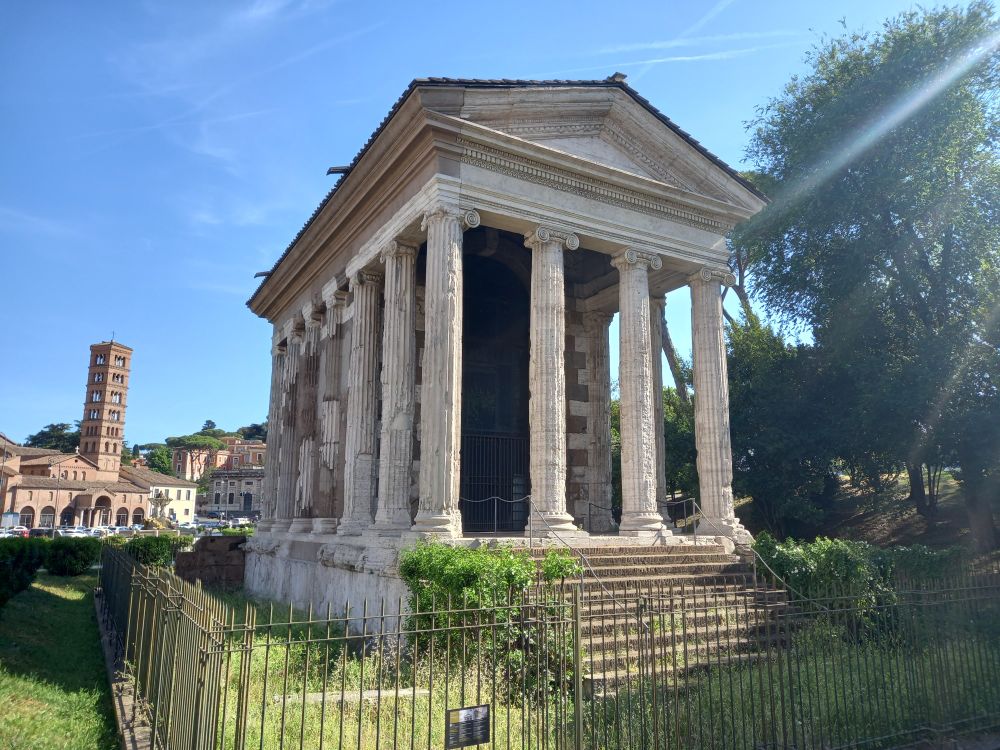Dr Jo Ball
@drjeball.bsky.social
6.6K followers
1.4K following
550 posts
#Roman & conflict archaeologist; Lecturer in Ancient History at Manchester Met University; University Teacher at the University of Liverpool; Early Career Research Fellow at the Centre for Integrative Research in Conflict Archaeology.
Posts
Media
Videos
Starter Packs
Pinned
Reposted by Dr Jo Ball
Reposted by Dr Jo Ball
Reposted by Dr Jo Ball
Reposted by Dr Jo Ball
Reposted by Dr Jo Ball
Reposted by Dr Jo Ball
Reposted by Dr Jo Ball




















